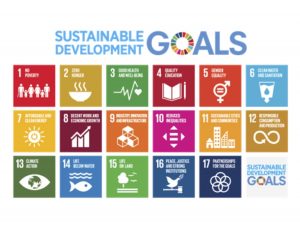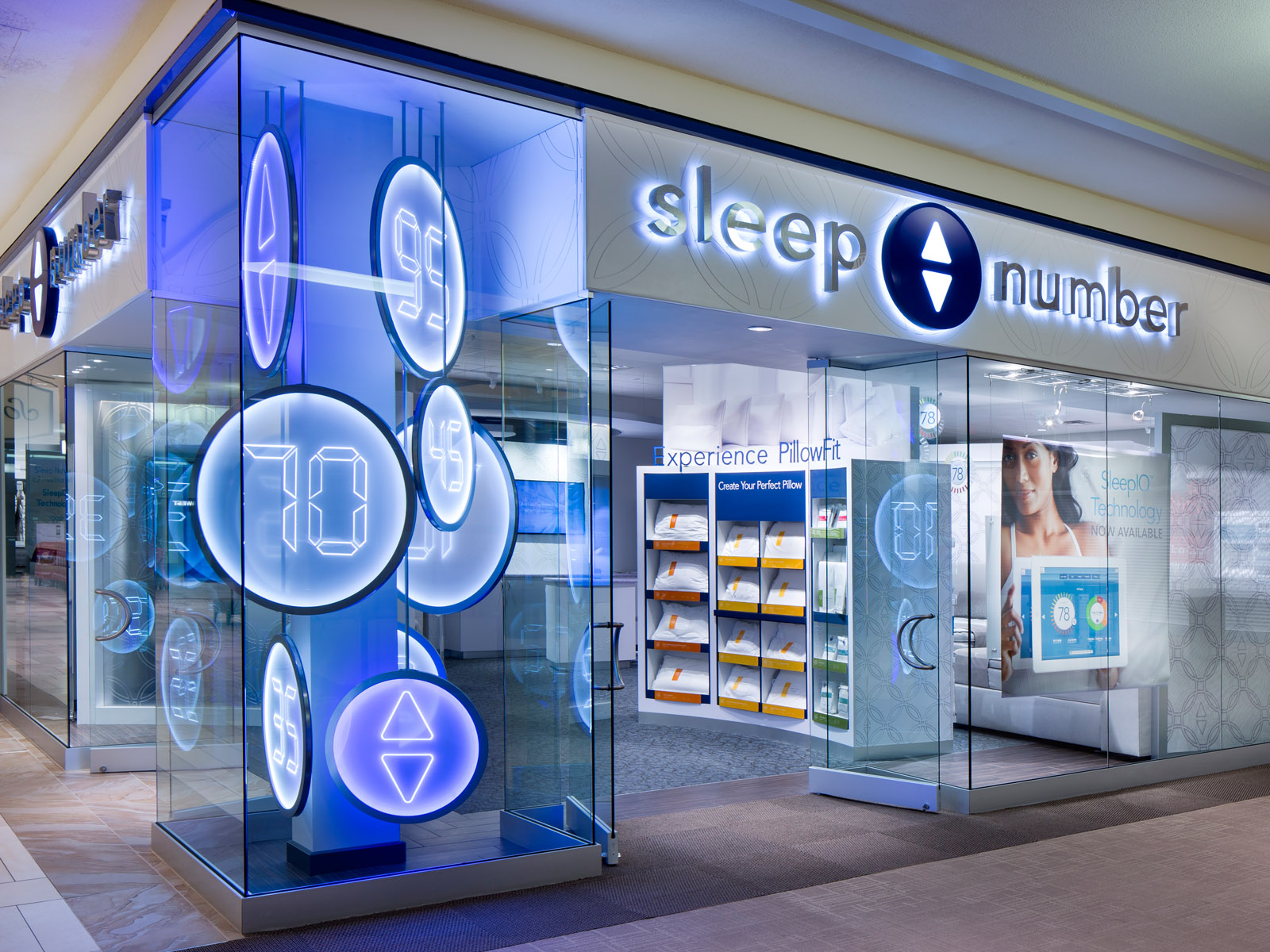Commentary
Cause and Effect: Retail On Purpose
Jul 11, 2019
By Andrew Levy
In 2015 the United Nations (U.N.) unanimously approved 17 Sustainable Development Goals (SDG’s), goals addressing the most consequential issues of our time for the next 15 years. The SDGs are clear-cut, and more importantly, are easy to adopt and promote.

Why does that matter to brands and retailers? Because studies show that consumers are deeply connected to many of the causes listed in the SDG’s, and that this connection has a significant impact on consumer’s choices in the marketplace. The 2017 Cone Communications CSR study found that “87% (of consumers) will purchase a product because a company advocated for an issue they cared about.” That “companies must now share not only what they stand for, but what they stand up for.”
Having become acutely aware of this trend, brands and companies are more focused than ever on defining their Corporate Social Responsibility (CSR) pillars, identifying issues that align with their business, their corporate culture, and their consumers. Once they have established their focus area(s), the next challenge they face is how to execute their CSR. An inspiring example of CSR execution at retail is Body Shop’s focus on Animal Rights. Body Shop turned shoppers into cause advocates by collecting millions of signature in-store, and then bringing those signatures to the U.N. to petition for an end to animal testing in cosmetics.
As a cause-based promotional partnership firm, EastPark Drive helps to raise awareness of important issues, and the brands that support them, by creating promotional cause-based partnerships with the NGO’s and non-profits we represent. These include the U.N. Office of Partnerships, the U.N. Foundation, The Global Center for Tourism Resilience, CNN, A&E, and more. We know that there is great potential for brands and companies in the Cause space, which is why it’s critical to create the kinds of partnerships that resonate with consumers, create credibility and authenticity for the brand, and help advance the related cause. Another great example of brand-cause synergy is Walgreen’s Get a Shot, Give a Shot Program.
In closing, we believe that companies and brands creating caused-based promotions at retail, with integrity, provides a unique opportunity for retailers to engage and inform consumers, and build long-term relationships with their customers.
Andrew founded EastPark Drive in 2000 as an ad agency and became the agency for most of New York’s landmarks from Ellis Island and the Statue of Liberty to Grand Central Terminal, The Delegates Dining Room at the United Nations, all of the NY Zoos, and more. He created partnerships with brands to activate these properties for sampling, promotions and official provider status, turning these venues into media properties. He was then hired by the UN Foundation to work with their global partnerships team to create the same kind of promotional partnerships but attached to the causes and programs that the Foundation was known for. Today, EastPark consulates with both brands and non profits to create partnerships that raise awareness of important issues and the brands that support them.
